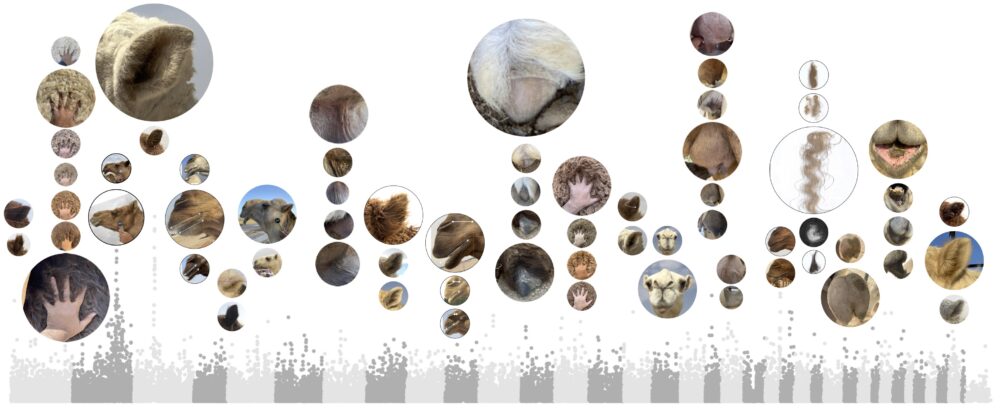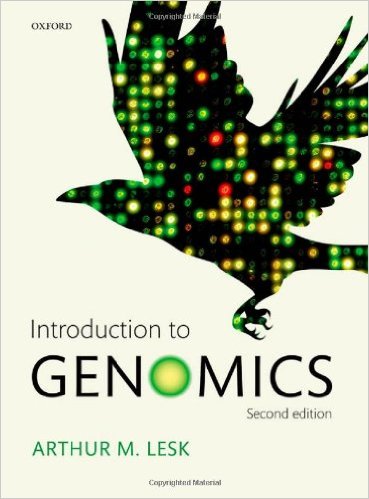Class time and location
Mon, Wed – 9:30-10:45 (Room: 1st floor, SCI-S-194)
Important dates:
Exam 1: Wednesday 28/2/2024 (10%)
Exam 2: Wednesday 20/3/2024 (10%)
Exam 3: Monday 8/4/2024 (10%)
Exam 4: Wednesday 8/5/2024 (10%)
Report due: Monday 15/4/2024 (10%)
Presentations due: 9/5/2024 (10%)
Final Exam: Thursday 23/5/2024 – 11:00-1:00 (40%)
Your report should be typed using Microsoft Word (no lower or upper limit to the report) and be named (YOUR NAME_485). The report should include (to the best of your ability) the following with respect to your organism:
- The common and scientific.
- The taxonomy.
- The closest relatives.
- The geographic distribution.
- Physical characteristics.
- Life cycle.
- Any unique information that fascinated you.
Projects:
- Reem Alsayegh (Tuatara, Paper).*/
- Saad Almutairi (Asian vine snake, Paper)./
- Omar Rashdan (Green anole lizard, Paper).*/
Fatmah Alsahly (Australian dragon lizard, Paper).*/- Dana Altaher (King cobra, Paper)./
- Narjes Aleissa (Habu, Paper).*/
- Nutaila Almahfudhi (Tiger Rattlesnake, Paper)./
- Belqees Almutairi (Anguid lizard, Paper).*/
- Duaa Shaher (Leopard gecko, Paper)./
- Sara Alwohaib (Guatemalan Beaded Lizard, Paper).*/
- Amna Alrashid (Burmese python, Paper)./
- (Organism: Common Lizard, Paper)./

